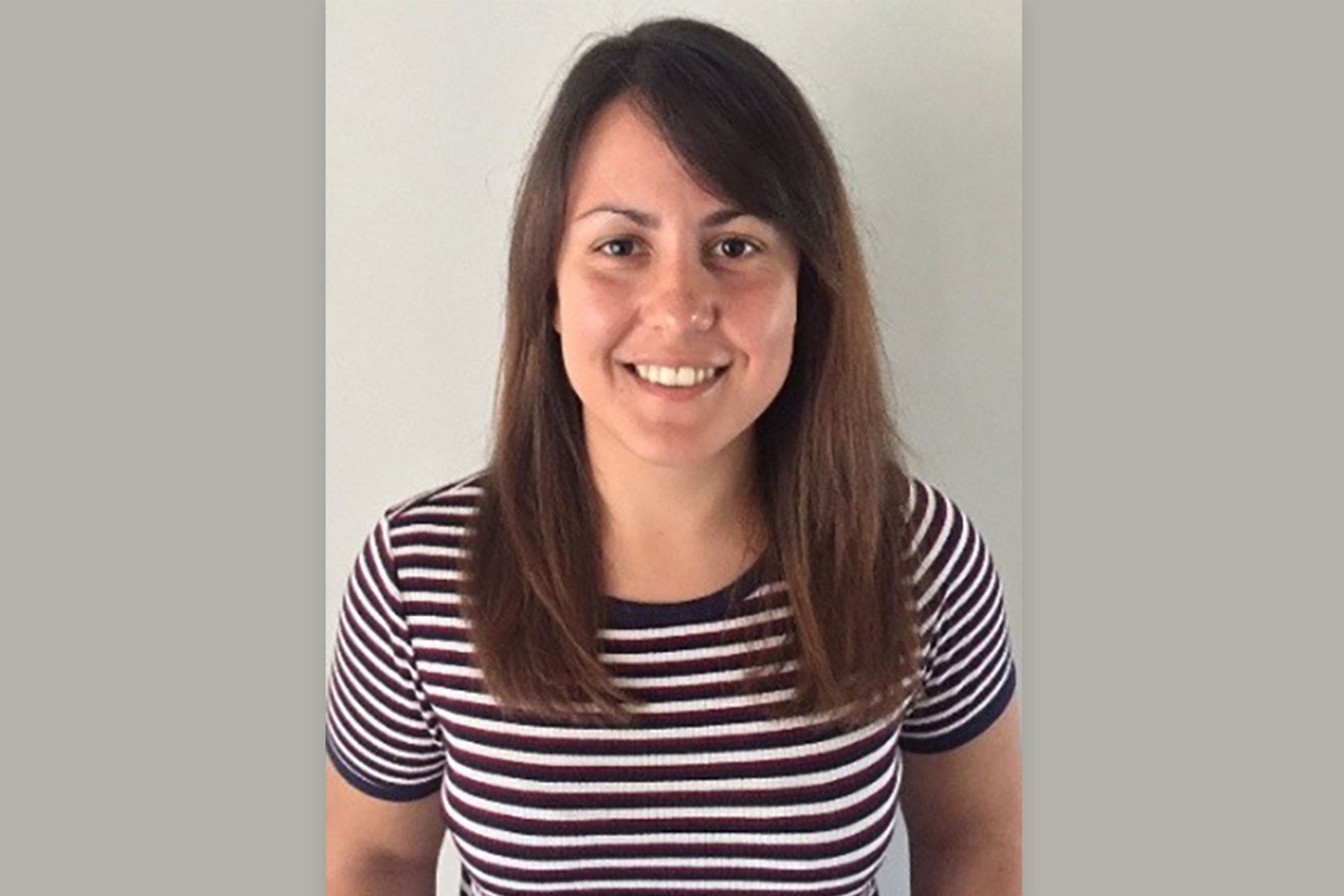As I studied to become a Registered Nurse, I was at a University well known for medicine and I often wondered why we never took the same basic anatomy or health leadership classes. Fast forward five years, I have relocated to another state, and only a few months into my new work was paired with a first-year medical student. The student was undertaking a five-day shadowing practicum where he would shadow nurses. I was absolutely thrilled to see this was happening and to be part of it.
I think the medical student felt unsure of what his role was, but I took him along for the ride of a busy AM shift and had him doing tasks rather than just watching all the time. He started out quiet and shy but by the end of the day was asking insightful questions. His questions challenged my thinking and reflection on practice, which assisted me to learn and develop as well.
There was a patient who was handed over as fasting for a procedure and I asked the student to page the intern for clarification who said the procedure had been cancelled. The medical student asked me, “why did they know that, and you didn’t”? Great question I thought! Although a simple example, it is hard to explain these sorts of scenarios, and I was delighted he had picked up on a common communication problem.
We had a big discussion around this and the roles of medical and nursing in this type of situation. We discussed topics that arose throughout the shift and the interlink between medical and nursing such as prescribing vs. administration of medications; ward rounds with and without nursing presence; discharge planning; managing wounds collaboratively; and communication with patients.
The medical student had a checklist of competencies to be met and this was not cumbersome at all. It provided a good framework for discussion around key areas related to health and patient care.
Nurses are well equipped to precept students as we do it frequently with nursing students and is also part of our Professional Practice Standards. Interprofessional practice has become a key component of health care education, and shadow opportunities can include the allied health team (Kusnoor & Stellies, 2016).
Rosen, et.al., 2013 found shadow programs enabled medical students with recognition of nurses’ knowledge and responsibility and the importance of communication and teamwork. This is supported by similar studies, although a limited body of research, which demonstrates attitudinal change about professions and willingness to be open to interprofessional learning (Brack & Shields, 2019). It would be interesting to note if this shadowing impacts practice beyond the student stage and into working relationships in the future.
To the educators out there; if this is not common practice in your University/Hospital, please become a champion for this. To those out there who are doing this; please share your stories from nurses/medical students to promote this fantastic interprofessional learning opportunity. I would love to be involved in any way I can to continue this valuable learning opportunity for students and health care professionals.
Andrea Jansen Van Rensburg MACN is a Stage Four ACN Emerging Nurse Leader
REFERENCE LIST
Brack P, Shields N. Short duration clinically-based interprofessional shadowing and patient review activities may have a role in preparing health professional students to practice collaboratively: a systematic literature review. J Interprof Care. 2019 Sep-Oct;33(5):446-455. doi: 10.1080/13561820.2018.1543256. Epub 2018 Nov 5. PMID: 30395747
Kusnoor, A. V., & Stelljes, L. A. (2016). Interprofessional learning through shadowing: Insights and lessons learned. Medical teacher, 38(12), 1278–1284. https://doi.org/10.1080/0142159X.2016.1230186
Rosen L, Mahon JN, Murdock S, Moran C, Buckley K. Off to the right start: A model for developing collaboration with nurses early in medical school. Med Sci Educ. 2013;23(3S):513–523. [Google Scholar]





